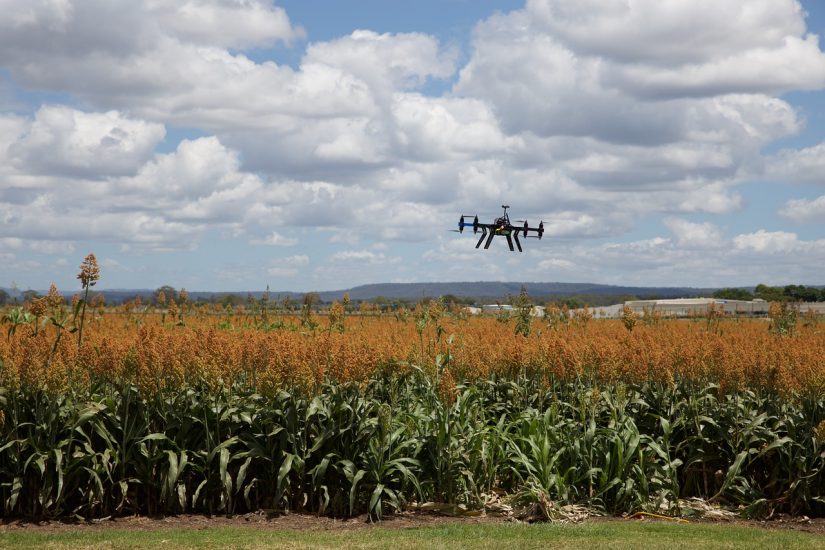The National Agricultural Aviation Association (NAAA) is to establish an Uncrewed Aerial Application System (UAAS) Committee to advise the Association on uncrewed aircraft systems (UAS) issues.
The Board of Directors voted to establish the committee to ensure that low-altitude airspace is safe for crewed and uncrewed aircraft as the number of UAS in low-altitude airspace grows. The Committee will also advise the NAAA on ways to ensure aerial application regulatory compliance, efficacy and environmental professionalism is achieved throughout crewed and uncrewed aerial application mediums.
According to the Federal Aviation Administration, drones are the fastest-growing segment of aviation in the United States. There are nearly 864,000 drones registered with the FAA and over 330,000 certified remote pilots and the numbers are projected to continue growing.
“The purpose of the UAAS Committee is to reach the crewed or legacy agricultural aircraft operations and operators of the new UAS technology on the imperative issues of airspace safety, environmental professionalism, regulatory compliance and aerial application efficacy – issues of mutual interest to both forms of aerial application,” said Andrew Moore, chief executive officer of NAAA.
The formation of the UAAS Committee will be balanced between crewed and uncrewed NAAA members and all policies proposed will go to the Board for final approval. Committee members are required to be NAAA members and the committee members will be selected by the NAAA President each year.
UAAS Committee members will recommend to the NAAA Board public policy proposals to enhance the safety of the airspace shared by crewed and uncrewed application aircraft, and also provide input facilitating the development and regulatory use of atmospheric models forecasting the movement of applied materials from both crewed and uncrewed aircraft application systems. The Environmental Protection Agency has determined the necessity of such models to analyse the atmospheric movement of registered pesticides applied by UAS, just as it currently does for crewed aerial applications and ground and airblast applications via the AgDRIFT atmospheric model.
UAAS Committee members will also recommend to the NAAA Board and its related foundation – the National Agricultural Aviation Research and Education Foundation (NAAREF) – educational curriculum focused on professionalism, regulatory compliance, aviation safety, application efficacy, and environmental stewardship for the uncrewed aerial application systems community. This curriculum will be considered by NAAA and NAAREF at educational events, the annual NAAA Ag Aviation Expo, and within NAAA and NAAREF publications and virtual mediums.
For more information




